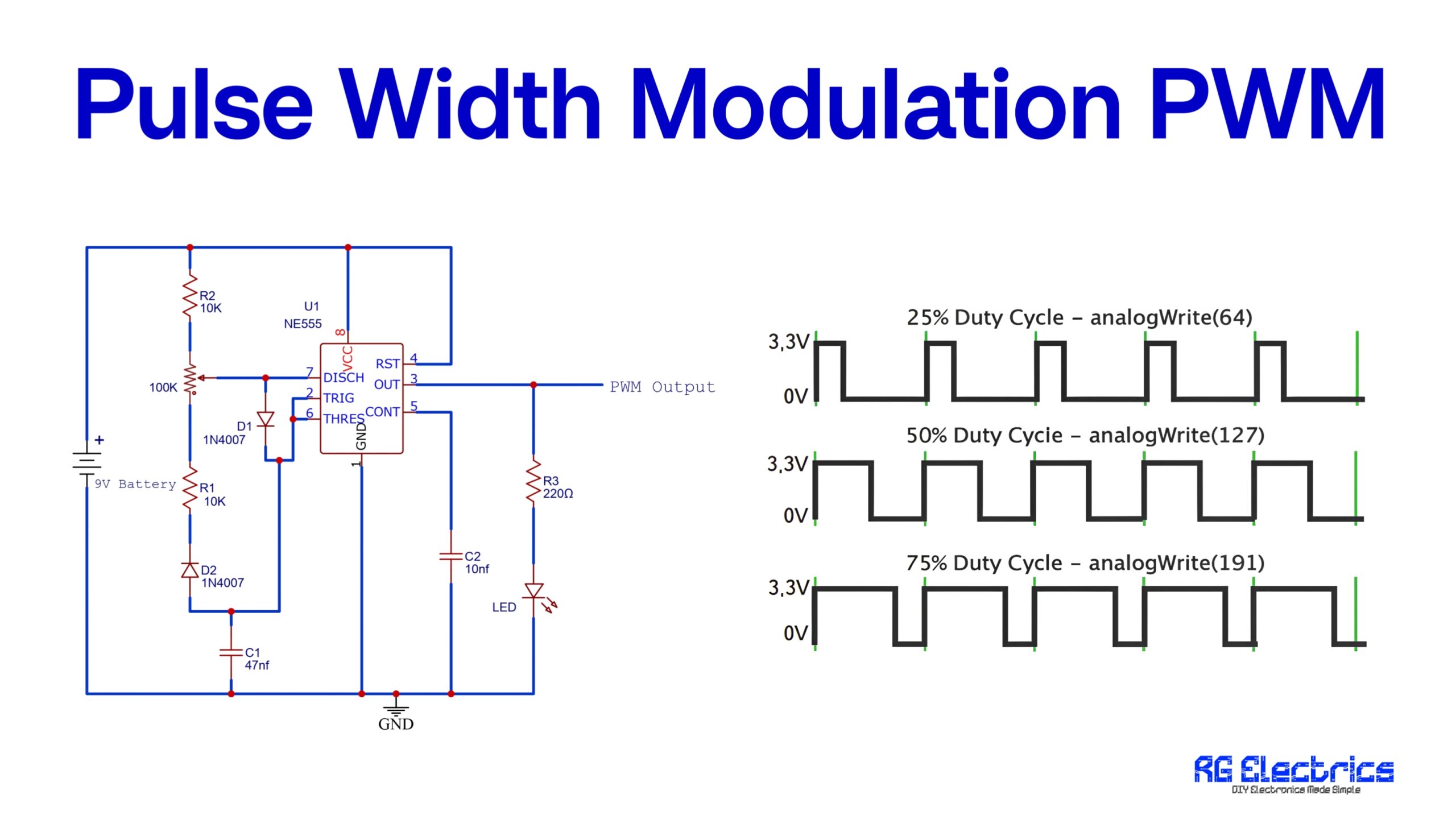Table of Contents
Introduction
The LED Flasher Circuit using the LM3909 is a simple yet efficient design for making an LED blink using minimal power. The LM3909 is a specialized IC designed for low-voltage LED flashing applications, requiring only a 1.5V battery. This circuit eliminates the need for external resistors, making it compact and energy-efficient. A 100µF capacitor determines the flashing rate by controlling the charge and discharge cycles. When the capacitor discharges, the LED flashes brightly for a short period. This circuit is widely used in warning indicators, battery-powered devices, and decorative lighting due to its low power consumption and high efficiency.
Components Requried
| S.No | Component Name | Value | Quantity |
|---|---|---|---|
| 1 | IC | LM3909 | 1 |
| 2 | LED | Red LED | 1 |
| 3 | Capacitor | 100µF Electrolytic | 1 |
| 4 | Battery | 1.5V AA | 1 |
| 5 | Connecting Wires | – | As required |
LM3909 Pinout

Circuit Diagram

Working Principle:
- Charging Phase:
- When power is applied, the 100µF capacitor starts charging through the internal circuit of the LM3909.
- The voltage across the capacitor increases gradually.
- Flashing Operation:
- Once the capacitor reaches a certain voltage, the LM3909 switches ON the LED by discharging the capacitor through the LED.
- This results in a brief pulse of current that makes the LED flash.
- The discharge happens rapidly, making the LED blink briefly but brightly.
- Repeating Cycle:
- After discharging, the capacitor starts charging again, and the cycle repeats.
- The LED continues to blink at a steady rate.
Key Features of LM3909-Based LED Flasher
- Operates at low voltage (1.5V) – Unlike other circuits that require 3V or 9V.
- Highly efficient – Consumes very little power.
- No resistors required – The IC is designed to control the current directly.
- Compact design – Suitable for battery-operated applications.
Applications
- Warning Indicators
- Battery-Powered Devices
- Automobile Indicators
- Decorative Lighting
- Bicycle Safety Lights














